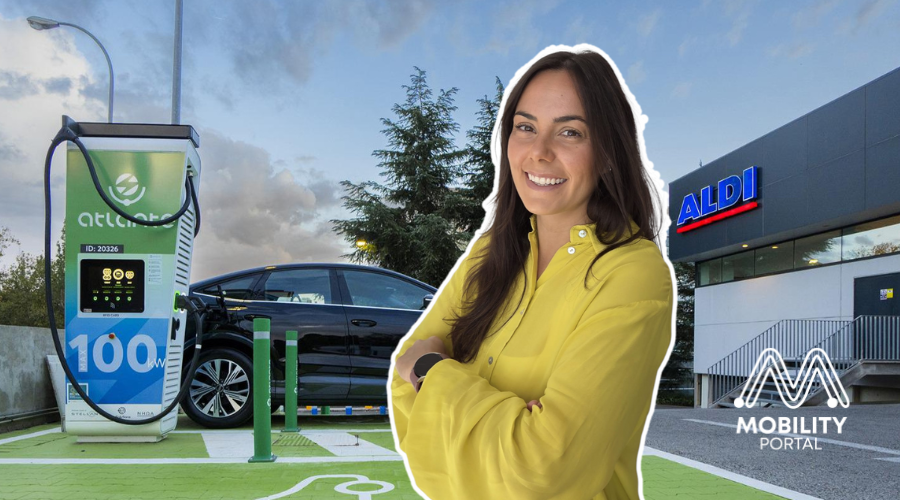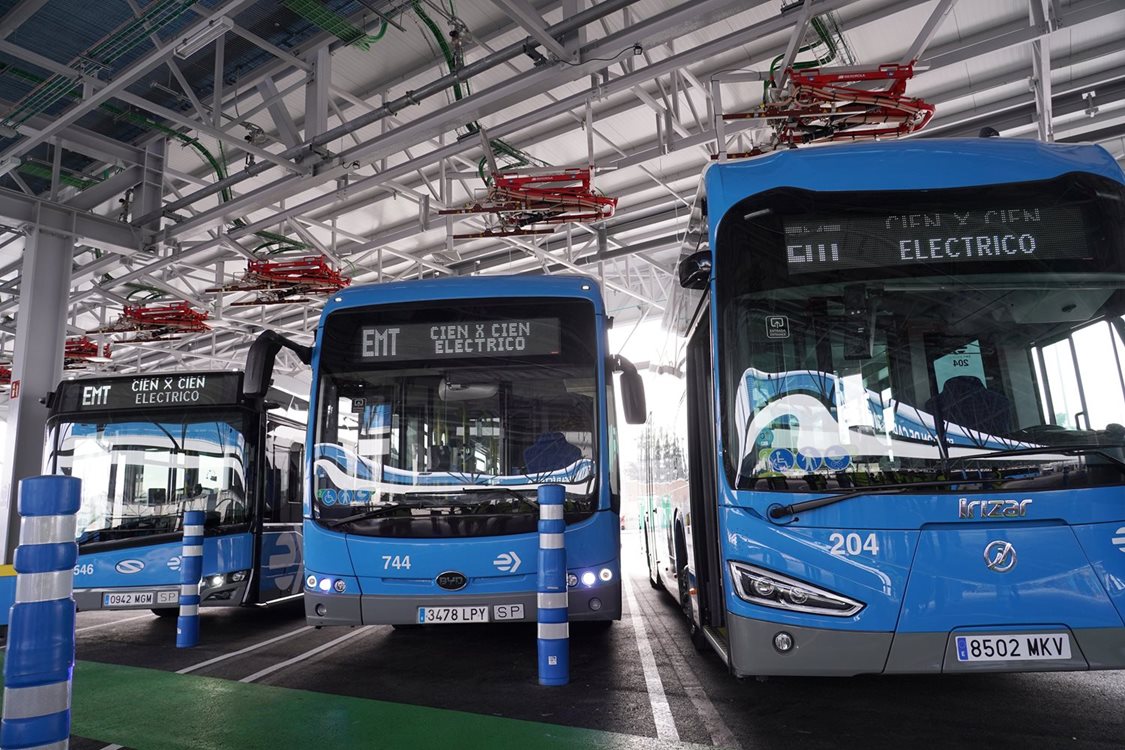Car registrations across Europe declined in June, with a 4.4% year-on-year drop to 1.25 million vehicles, data from Jato Dynamics showed on Wednesday.
While overall demand softened, Chinese automakers continued to gain ground, taking a record market share and squeezing several established European brands, the research data showed.
Chinese manufacturers are expanding in Europe, breaking into a market traditionally dominated by European and American brands supported by their cheaper pricing amid a shift towards electric vehicles (EVs).
This has stoked trade tensions between Brussels and Beijing, including a row over EU tariffs on Chinese-made EVs, imposed to protect European producers.
Which Chinese brands contributed to the growth?
Chinese brands nearly doubled their combined share of the European market to 5.1% in the first half of 2025, just shy of Mercedes-Benz’s 5.2%.
Registrations of Chinese vehicles surged 91% since the start of the year.
BYD, Jaecoo, Omoda, Leapmotor and Xpeng were the five names fuelling the surge, with BYD alone registering 70,500 units in the first six months of 2025, a 311% jump from a year ago.
Stellantis saw the steepest market share decline among major automakers, to 15.3% from 16.7% a year earlier.
The second biggest decline came from Tesla, to 1.6% in the half-year period versus 2.4% last year.
Registrations of battery electric vehicles (BEV) surpassed one million for the first time in the first half, with a 25% rise to 1.19 million units — 17.4% of the market.
“Persistently high prices, geopolitical and economic tensions with Europe’s trading partners, and the postpandemic market reality are behind the decline,” says Felipe Munoz, global analyst at JATO Dynamics.
“The updated Tesla Model Y has so far failed to provide the expected sales boost for the brand. At the same time, competition from BYD and Volkswagen Group is making it harder for Tesla to maintain its leadership position,” Munoz adds.
READ MORE
-
Atlante y su “modelo híbrido”: generación, almacenamiento y recarga ultrarrápida para un sistema más resiliente
Atlante acelera su despliegue en España y en diálogo con Mobility portal, Inés Mackey, Chief of Staff de Atlante Iberia define las prioridades de la empresa y su apuesta por la interoperabilidad de la mano de Charge League.
-
Spain Auto 2030: a point-by-point look at the plan set to redefine the eMobility landscape
Spain has entered a new phase in its industrial strategy for electric mobility. The Government has unveiled Spain Auto 2030, a roadmap designed to mobilise €30 billion over the next five years, reshaping the centre of gravity of the electric vehicle market through fresh incentives, a centralised management model, targeted investment in charging infrastructure and…
-
EMT Madrid licita 120 nuevos buses eléctricos: inversión de 79,35 millones y entregas entre 2026-2027
Con esta incorporación, Madrid refuerza su estrategia de descarbonización y consolida una de las flotas eléctricas urbanas más grandes de Europa.










